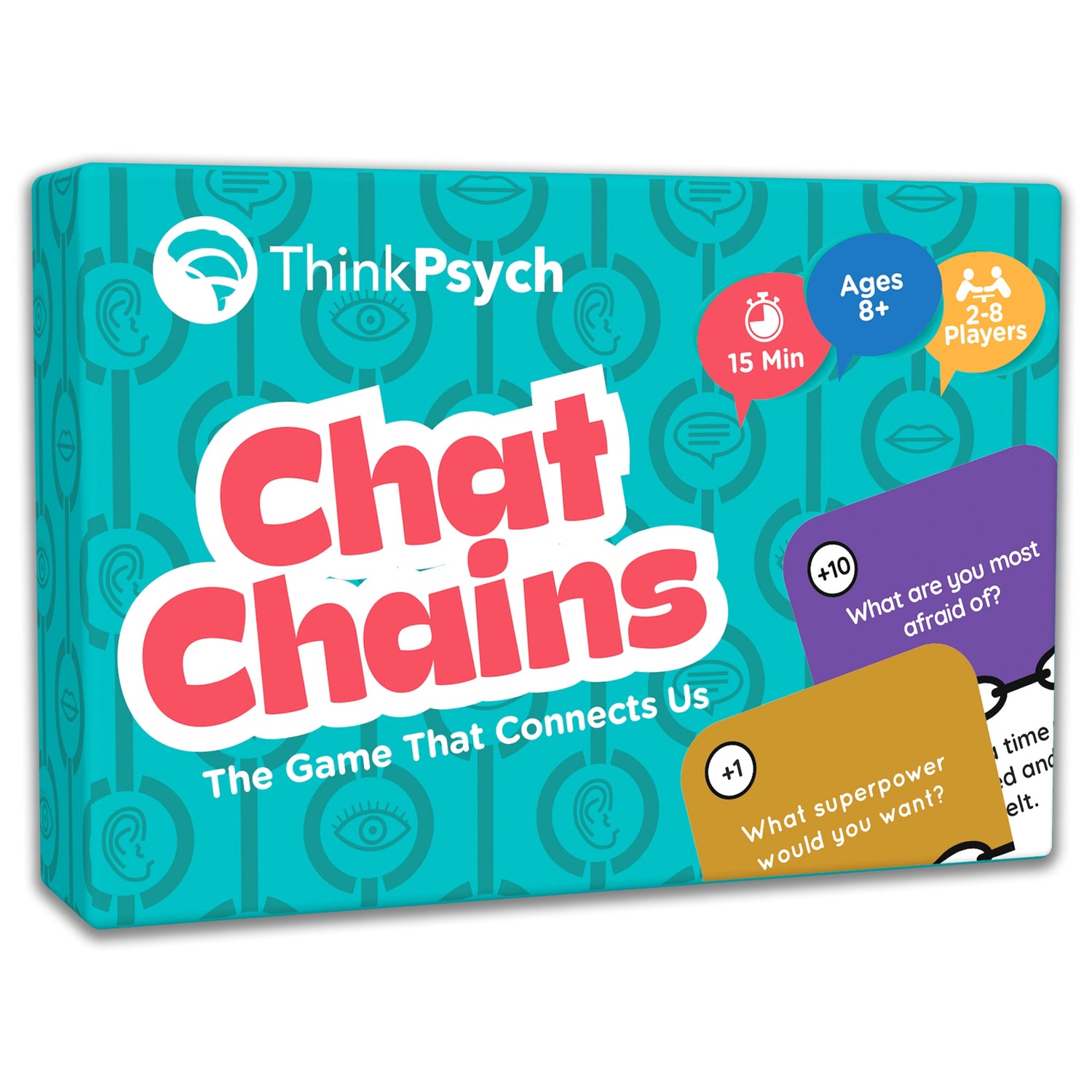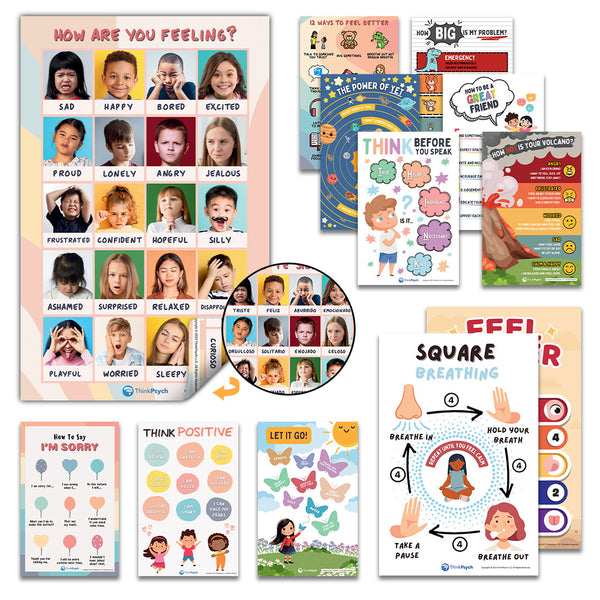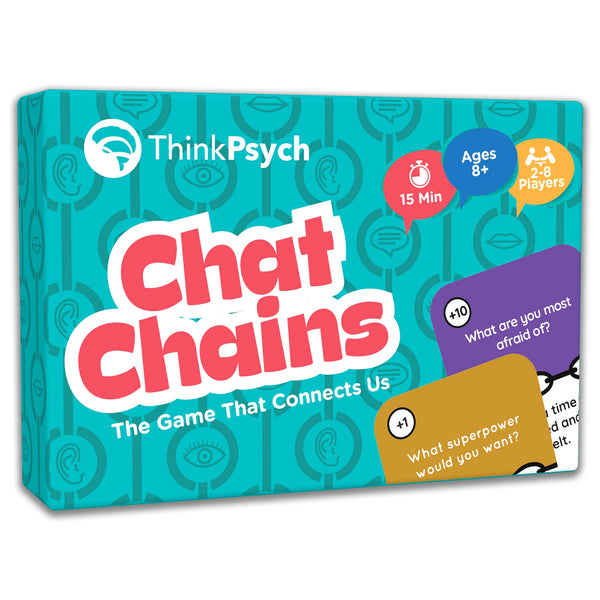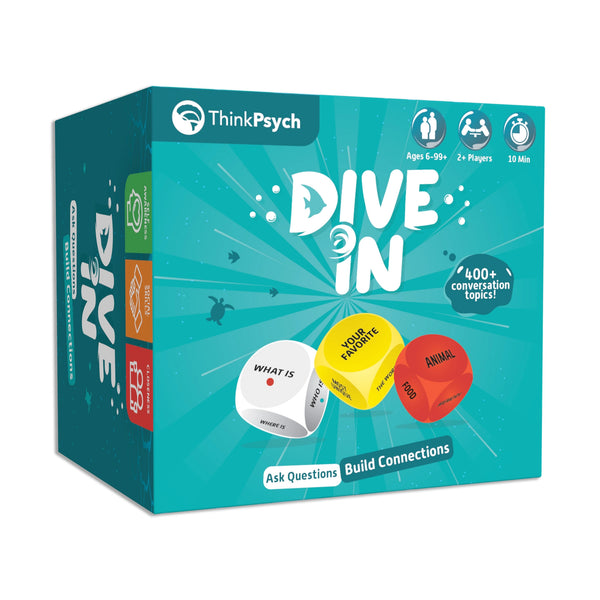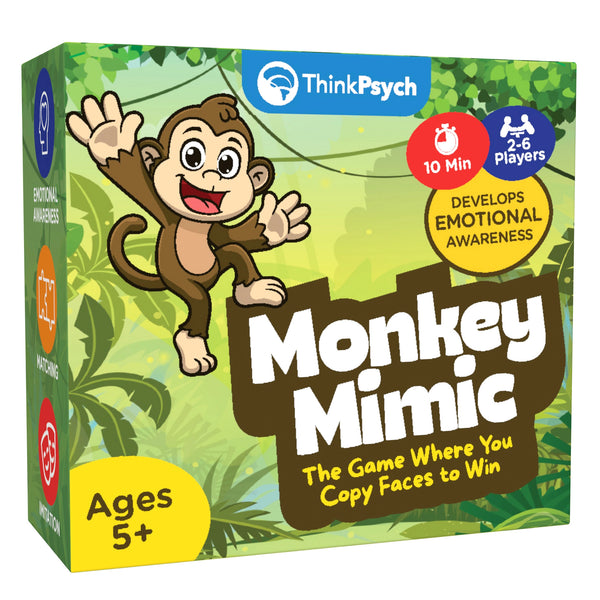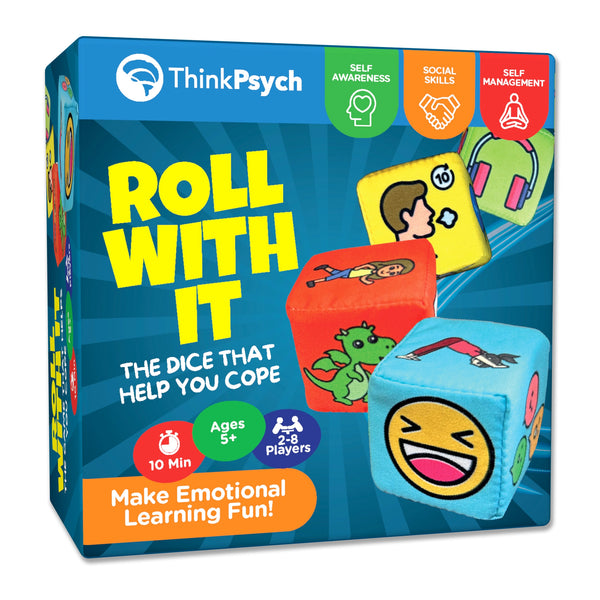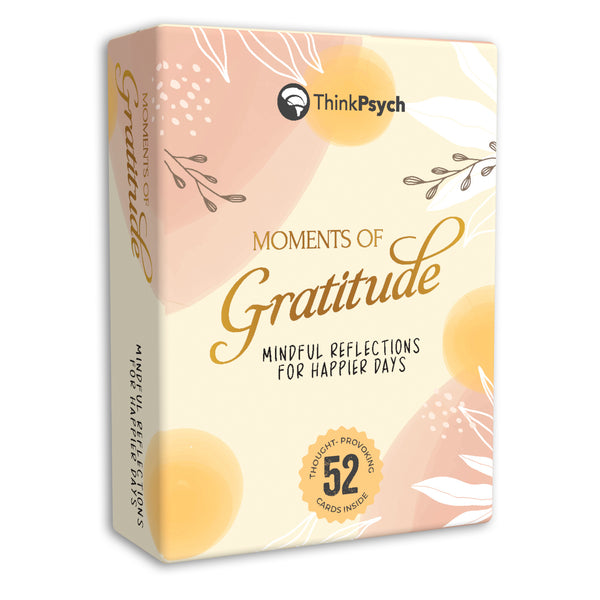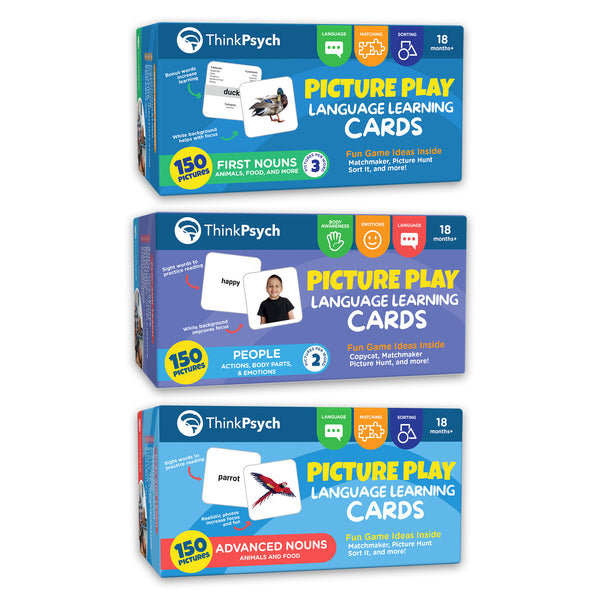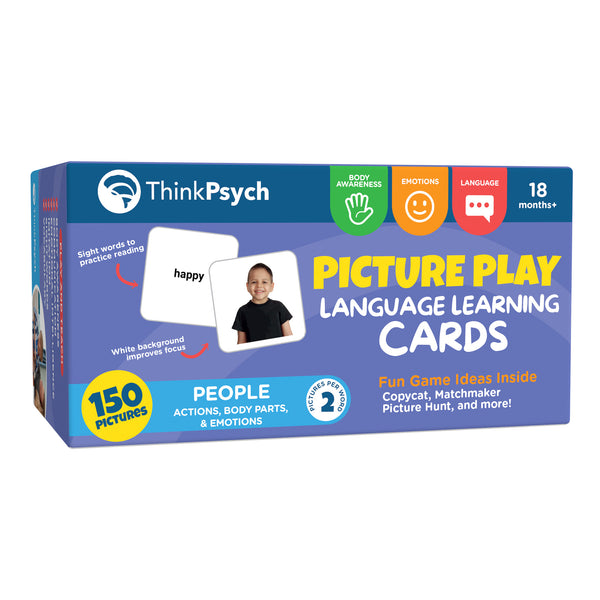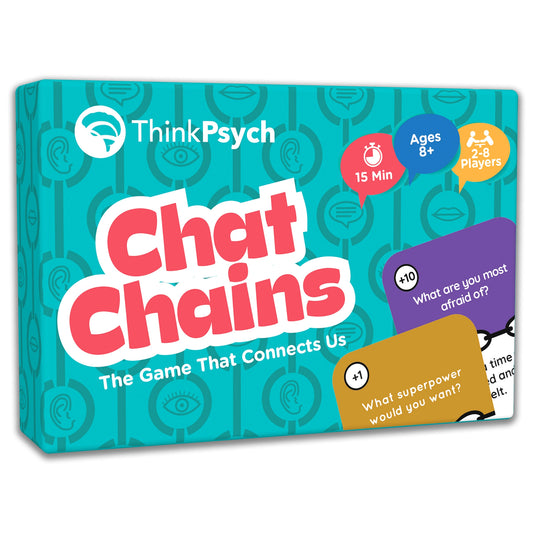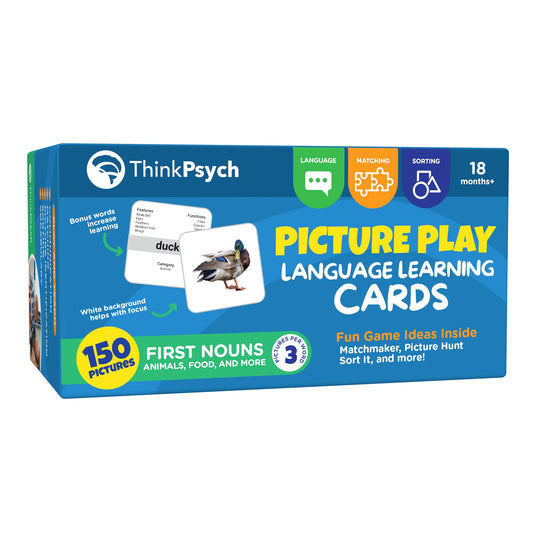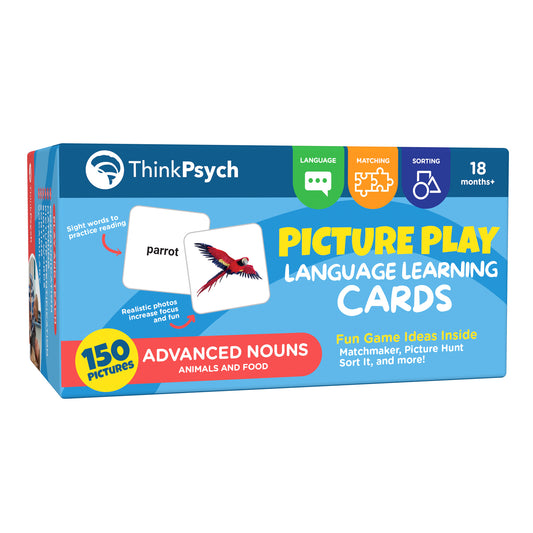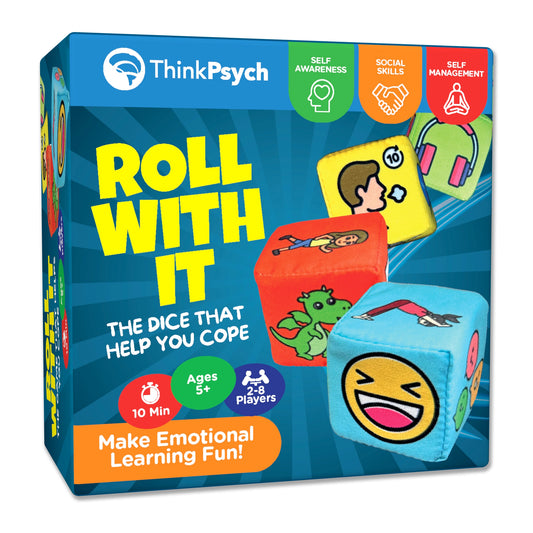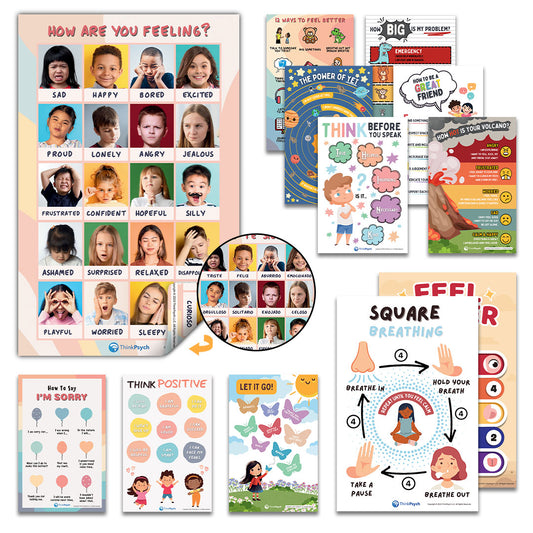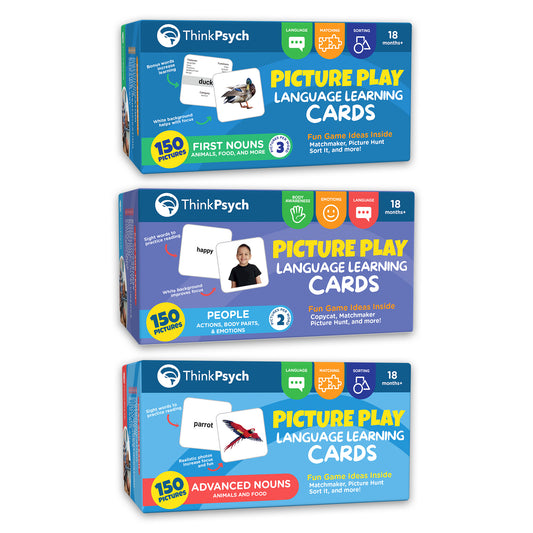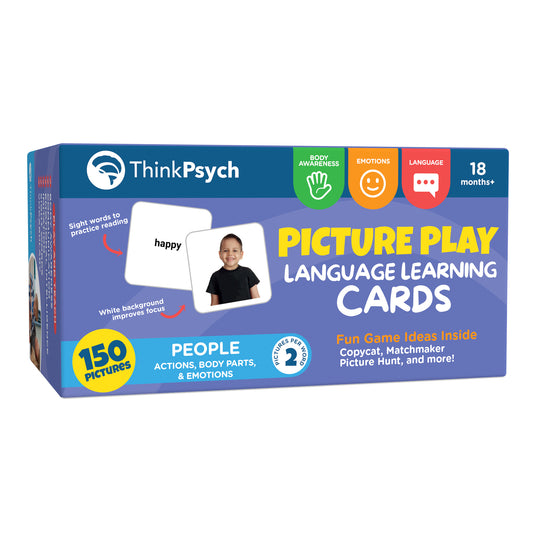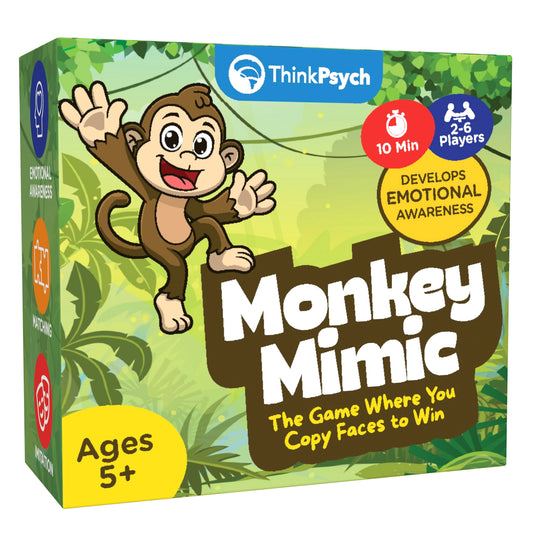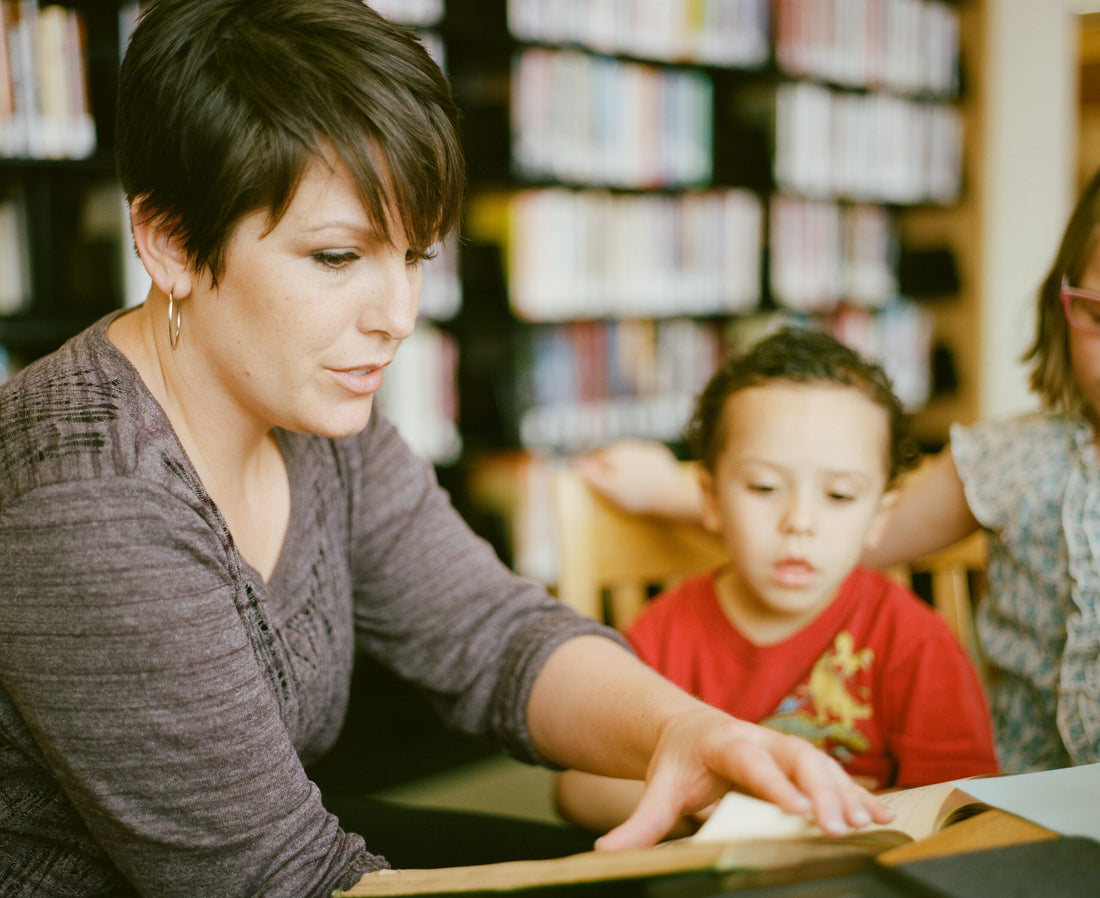
SEL Strategies for Teachers
Share
Being a teacher can be one of the most challenging jobs there is. After all, it’s not just about test scores and the curriculum, but encouraging healthy development in and outside the classroom. When it comes to development, social emotional learning is all about inspiring the best in a student. SEL strategies can help a child develop the growth mindset that will enable them to flourish. By employing awareness, empathy and relationship skills, children will have the tools they need in the world!
Fortunately, there are a number of helpful SEL strategies teachers can use to inspire growth in their students. From prioritizing positive actions to helping them deal with their emotions, learn some ways that will make the classroom more harmonious.
Prioritize Positive Actions
Feeling good about oneself is all about doing meaningful and positive things for yourself. That’s why one of the most important SEL strategies for teachers is bringing small actions into the classroom!
Luckily, small, positive actions can be easy to integrate into the day-to-day of a classroom. It can be as easy as setting aside a time for children to have a healthy snack that keeps them energized. Or it may be a brief break for an activity that inspires their creativity. This could be painting, crafts or even coloring in a coloring book.
By prioritizing the little things, children will be able to foster awareness of what it means to take care of themselves.
Encourage Empathy
Few emotions are more important in a relationship than empathy. In fact, empathy plays a very important role in social emotional learning for each child.
A child who understands their emotions in and out of the classroom is better positioned to offer kindness. By knowing how they feel in a situation, they will be able to understand how their friends and classmates might feel. Whether a fellow classmate is experiencing sickness or struggling with schoolwork, empathy offers an opportunity for deeper engagement.
While it’s good for children to value empathy on its own, teachers can employ SEL strategies by offering small rewards. This can be as simple as a treat at snack time or thanking the student for their kindness.
Work On Self-Improvement
Each and every one of us has imperfections and is a work-in-progress. And while it’s important to celebrate our strengths, it’s equally important to be aware of how we can improve.
Encouraging a growth mindset in a student is the key to making sure they will develop self-confidence. It’s this quality that will enable them to put themselves out there. Whether it’s learning to ride a bike or making a new friend, these small successes will encourage them to take other risks.
If a student is afraid of something or is scared of failing, it’s important to give them small goals. For example, if they are having trouble learning to read, have them set a goal of reading one page a day. By breaking a goal into smaller pieces, it can make it more manageable to achieve and improve the journey!
Help With Feelings Management
We all experience negative feelings once in a while. And that means that most of us know that nothing good comes from them when they persist.
Feelings like anger and sadness may not always be fun, but they’re part of life and need to be dealt with accordingly. Instead of being in a classroom full of temper tantrums and discord, the right SEL strategies can make for more well-adjusted children.
It’s important that students are given the tools to successfully manage their feelings. This can be as simple as asking them about how they feel consistently. It can also be very powerful for children to write down their feelings so they learn to have more awareness of them.
Customer Favorites From Our Store
Whatever children decide to do in the classroom, having a hobby or cultivating their creativity can help them to express what they feel in a proactive way.
Record the Progress
It’s hard to know if a student is getting closer to a goal without making note of the progress. That’s why an informal review of how SEL strategies for students are working is an important part of the process.
If a child is working on having empathy for others, take note of moments where they’ve expressed kindness. It’s also important to address any situations that could have been dealt with in a different way, albeit in a gentle manner.
It’s important to keep in mind that reviews shouldn’t be too formal as this may create stress for the student. However, do set aside a time every one or two weeks to check in with a student and see how they feel.
Let them know that not always succeeding is part of the process, and it’s important to keep trying.
Integrate an SEL Curriculum
There are many daily things that a teacher can do to help their students engage with social emotional learning. However, having it be a natural part of the school day can make success even easier!
A curriculum that prioritizes social emotional learning can be directed towards the age range of your students. While some programs offer SEL strategies for middle school, others can take kids from kindergarten through to grade 12.
Before you choose a program, do your research and ensure the program will focus on the areas of importance for your students. Many programs will only take a few minutes a day to implement so it may be time to get started!
Conclusion
Many different factors go into a child’s healthy development, inside and outside the classroom. Fortunately, employing SEL strategies can be a meaningful tool for teachers to help their students become well-adjusted members of the classroom.
There are many different ways to employ tools for SEL. But whatever strategies you choose, it’s important that students understand their strengths and weaknesses so they can develop self-awareness and continue to progress!
If you’re trying to use SEL strategies in the classroom, Coping Dice can be a great way for students to develop emotional awareness. By understanding their feelings, they’ll be able to exercise empathy and be a positive force within the classroom.
References
Edutopia. 3 SEL Practices Teachers Can Use Every Day. https://www.edutopia.org/article/3-sel-practices-teachers-can-use-every-day
Positive Action. How to Integrate Social-Emotional Learning (SEL) in the Classroom? https://www.positiveaction.net/blog/social-emotional-learning-in-the-classroom
